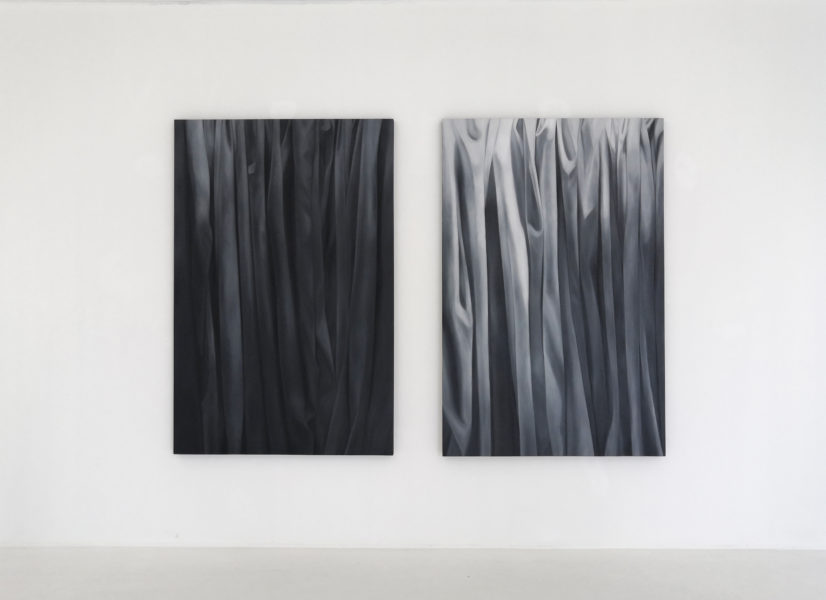
ENTERING THE “ENCLOSURE” OF DINO GABITO
By Cid Reyes
One of the breakthrough concepts in modern sculpture is what was called “wrapping art,” a phrase describing the works of the Bulgarian-American artist Christo Javacheff, whose objects, or subjects, have been wrapped to conceal what was purportedly never to be seen, or indeed, previously seen, such as his monumentally ambitious projects of wrapping the Pont Neuf in Paris (1985) and the Reichstag in Berlin (1971-1995). But conceived even earlier, however, was a work by the Paris-based American artist Man Ray, who in 1920, presented “The Enigma of Isidore Ducasse,” a “sculpture” that concealed within the enveloping blanket a sewing machine.
In painting, the Chilean Claudio Bravo painted in Hyper-realist style images of wrapped objects, which by their shapes, were suggestive of framed paintings. For the viewer, the sheer absurdity of having to look and stare, wondering at what may be the object of concealment, would seem like an exercise in futility.
Tradition of Concealment
Filipino artist Dino Gabito follows this tradition of concealment, of keeping his subjects out-of-sight, veiled, draped over. His first solo show was appropriately titled “Shroud: Ides of March (2015).” A length of cloth often used for wrapping a lifeless body, a shroud is a word which, till today, retains its morbid emotional resonance, in particular, from the so-called “Shroud of Turin,” purportedly the burial cloth of Christ, a matter still considered debatable. The subtitle, however, was derived from the famous quote “Beware the Ides of March,” from Shakespeare’s tragedy “Julius Caesar.” It was uttered by a soothsayer, warning the Roman emperor that his life was in danger.
Transfiguring Attraction
Intriguingly, the allusion to the death of Julius Caesar may really be instructive of Gabito’s obsessive and transfiguring attraction with the art of drapery, as witness the many paintings depicting the event, for instance, in the works of Vincenzo Camuccini, Jean Leon Jerome, Tancredi Scarpelli, and others. In these magisterial Old Master paintings, a splendid cascade of drapery is arrayed in the figures of the ancient Roman senators robed in a toga, draped over the shoulder and flowing loosely over the body.
“Assistant of Character”
The history of drapery in art dates back to the ancient Egyptian hieratic paintings, characterized by the unrelieved stiffness of lines. In contrast, Greek art, mainly sculpture, was richly resplendent in the use of drapery with their soft, windblown contours hugging and clinging to the body, by turns covering and revealing it. Down through the centuries, Leonardo da Vinci prodigiously did drawings and paintings of draped figures, as did Raphael, whose drapery was “the assistant of character,” and Michelangelo whose drapery “envelopes grandeur,” and Peter Paul Rubens, whose drapery was “the ponderous robe of pomp.” Even Cezanne could not resist to cradle his still lifes of apples within the fold of drapery, coaxed to remain in shape with the use of strategically placed coins and stones concealed underneath the fabric.
Trompe L’oeil
What distinguishes then this Filipino artist’s terrain of drapery? For Gabito, drapery is essentially an abstract image, a fertile and generous resource of illusion in the service of trompe l’oeil, the art of fooling the eye. His adapted practice, however, of draping the cloth over a hidden body inevitably engages a figurative and poignant reading of his images. The “Shroud” paintings of Gabito, for instance, were not of those belonging to the dead. Indeed, his concealed subjects were in fact suggestive of living, breathing humans.
Artist-Actor-Director
What Gabito did not conceal, though, was that he was his own model for all the bodies. While the artist could have hired some “body” to physically occupy the space behind the cloak, it was more practical for the artist himself to “embody” a persona, as it were, not unlike the appearance – in this case, the “non-appearance” of a dramatis personae – who could convey through choreographic contortions and angularities of the visage, the torso, the limbs and extremities specific dark emotions such as grief, devastation, despair, and sorrow.
The whole scenario was then one of a triple projection of the artist as actor as director. With all its theatrical fervor, Gabito unwittingly stepped into the stagey realm of “The Theater of the Absurd,” where, for instance, an actor, abruptly out of character, would address the startled audience, thus breaking the illusion of “the fourth wall”
To be sure, Gabito could have withheld this bit of information from the audience so as to deepen the “mystery” of the apparition, but that, as we say, was the artist’s “call”. (It reminds us of National Artist BenCab’s disclosure that in his painting titled “Flag,” beneath the country’s rumpled tri-color was in fact his wife Caroline Kennedy. He needed, he said, to give volume and body to the Philippine flag.)
Evocative Specificity
Succeeding shows titled “Ignore the Noise”(2015) and “Duplicity” (2017) were, by the evocative specificity of their titles, foregrounded paradoxical and psychological states, illuminations of human frailty and anxieties, revealed – or intensely felt, through the porous exhalation of the hidden figures, ghost-like, underneath the stultifying sheets.
Undiluted Gorgeousness
In the current show titled “Enclosure,” now on view at the Blanc Gallery, Gabito has banished the human figure underneath – even the artist had to come up for air! What had replaced the figure instead is an object steeped in practicality: a serviceable, nondescript clothes hanger stand. Or indeed, a box – an unremarkable featureless vessel. Within and behind these languorously draped vessels is an enclosed space: unmoved and immovable air, a nesting alcove for the spirit. As a box is a three-dimensional object, so is Gabito’s painting an illusion of a three dimensional reality.
These recent works subscribe to the counsel of the American artist John French Sloan, a founder of the Ashcan School: “A piece of drapery is like a necktie, hot stuff to paint, and one of the easiest things for a painter to kid himself into thinking he can do. Don’t be fooled by the color. Go after the shape and character. Hew the focus together with colored tones.” Not only did Gabito drain his works of color, he lavished on these works the seductive tones of light, surface, and volume. Gabito courts a virtuosic display of skill, technique, and draftsmanship, eschewing such previous human concerns of presence and absence, identity and selfhood.
Working with patience and precision, he artfully hung his sheets of canvas – lifeless as material, yes, but lifelike in a way that they surrendered themselves to the real demands of weight, volume, and gravity. The modelling of light and shadow – stark blacks, white, and grays, and its infinite modulations – absorb and countervail each other, with an almost rhythmic alternation, undeterred by the formlessness of structure, being simply a relentless cascading of material, a continuously descending motion, undifferentiated by any pattern or detail, and a virtually unrelieved verticality. But even then, despite their frank materiality, and against all artist’s intention, they still seem to solicit spiritual qualities, incorporeal intensities, optical presences.
A Space for the Spirit
To be sure certain viewers habituated to figurative readings may insist on viewing these works as “crucifixion” figures, with their outstretched arms suggestive of the Christ hanging on the cross. But that is par for the course. What is concealed in enclosed space is perversely, curiously, what the human eye seeks to see.
In Dino Gabito’s “Enclosure”, we enter a realm in which within an enclosed space we may commune with the spirit.
***********
Cid Reyes is the author of choice of National Artists Arturo, BenCab, J. Elizalde Navarro, and Napoleon V. Abueva. A prolific writer, he has written over thirty art books and numerous art reviews. He studied Painting at the Academy of Fine Arts in Rome, Italy, and Art History at the City Institute in London, England. Reyes received a Best in Art Criticism Award” from the Art Association of the Philippines (AAP). In 2015, he was recipient of the “Most Outstanding Kapampangan in the Arts” (MOKA) Award from the Province of Pampanga.
Works

ENCLOSURE: ISC
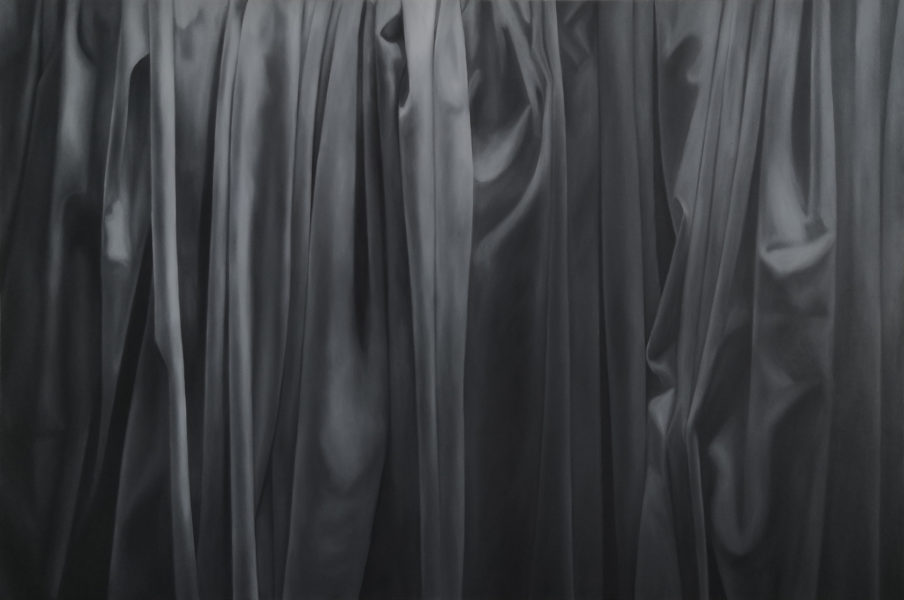
ENCLOSURE 1

ENCLOSURE 2
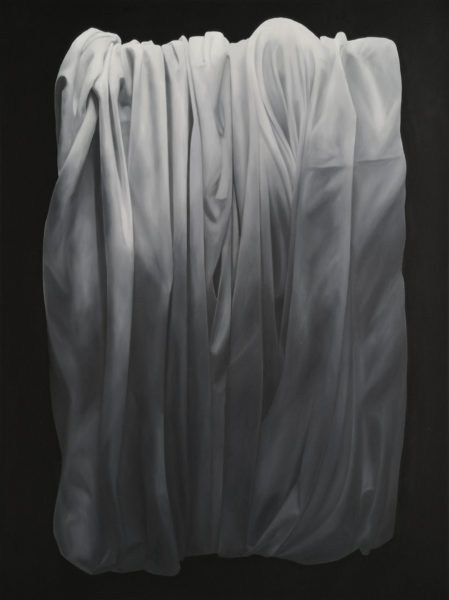
ENCLOSURE 3
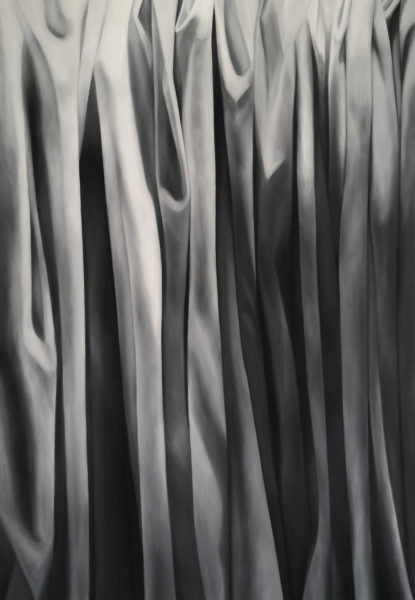
ENCLOSURE 4

ENCLOSURE 5
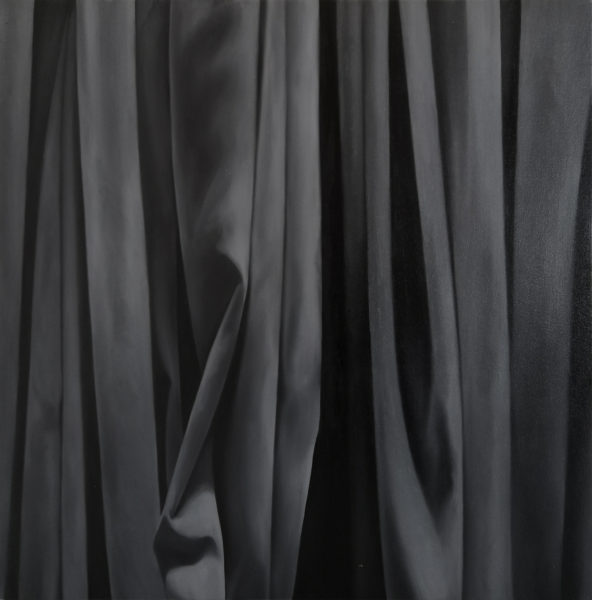
ENCLOSURE 6
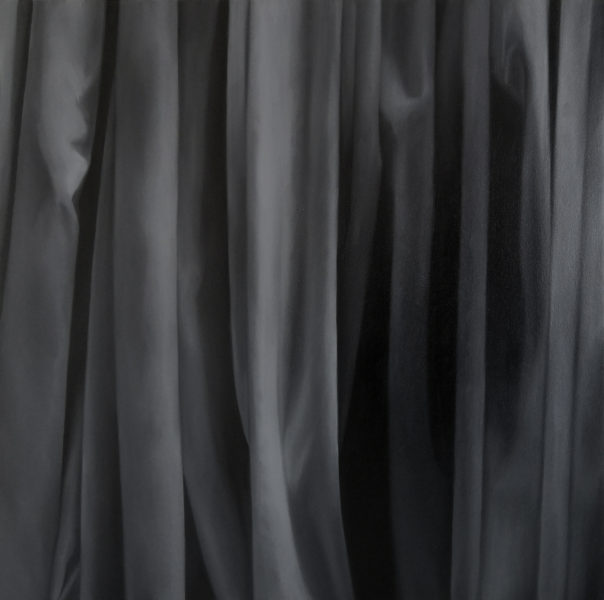
ENCLOSURE 7
Documentation



